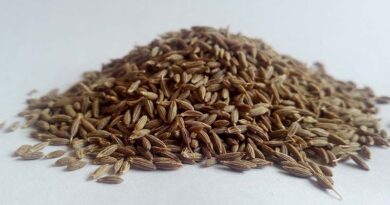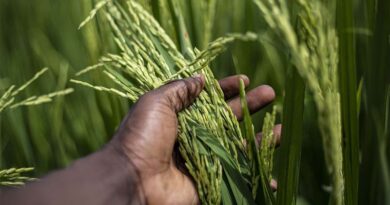How to Prevent Low Falling Numbers in Grain (And Why It Happens)
29 November 2022, US: Falling numbers, a test that helps identify the structural integrity of the starch chains, is associated with pre-harvest sprouting. A falling number below 300 results in quality downgrades at receival. The falling numbers figure translates to the baking quality of the grain; therefore, a lower falling number results in poorer grain baking quality and subsequent downgrades at receival.
Unfortunately, once the grain has shot there is no way to change its baking quality or otherwise address its falling numbers figure. However, understanding what causes falling numbers can help alleviate these issues in subsequent years.
Why Do Different Grain Varieties Have Different Falling Numbers Figures?
Grain varieties differ in their susceptibility to falling numbers due to individual variance in grain dormancy. Grain varieties with a high dormancy will delay germination until the dormancy is over. This may buy you enough time in the paddock to get the grain in the silo before grain begins sprouting.
When researching grain varieties for next season, it is worth checking the falling numbers index (FNI) prior to making a selection. Each variety has an assigned FNI that rates varieties for their ability to maintain falling numbers. If you are finding certain varieties have been subject to lower falling numbers than others, it may be worth discussing the falling numbers index rating with your agronomist.
What Causes Low Falling Numbers in Grain?
While genetics also play a pivotal role, environmental conditions are the key driver of low falling number readings. Rainfall at key times throughout the growing season, the duration of the event and the associated conditions can all impact falling numbers.
It is also important to take note of the conditions during grain fill as stress due to drought or temperature during this time can alter dormancy. Because rainfall during the pre-maturation phase has been found to predispose crops to sprouting, it is important to record all rainfall events across the farm during this time in order to better identify which crops may be at higher risk of sprouting.
How to Prevent Falling Numbers in Grain
While there are many seasons in which falling numbers aren’t an issue, it is in those seasons with widespread rains that proactive management of risk exposure based on specific varietal research selection can be key to reducing downgrades. Getting the crop off as soon as possible is also important to reducing the further exposure of the crop to rainfall events. (Though I know this is easier said than done!)
To prevent low falling numbers figures in grain, try the following recommendations:
- If you are keeping your seed for next year and it has been subject to falling numbers downgrades, it is important to do a germination test on the sample before sowing. Grain that has been weathered prior to harvest often has reduced germination and vigour. If you are looking to carry over seed, select a paddock (or area of the paddock) with the highest falling numbers and do your best to segregate this area for seed next year.
- Falling numbers results can be highly variable and it is worth requesting a retest if you are concerned.
Also Read: Best Agrolife launches Two Indigenously Manufactured CTPR Products
(For Latest Agriculture News & Updates, follow Krishak Jagat on Google News)















